News
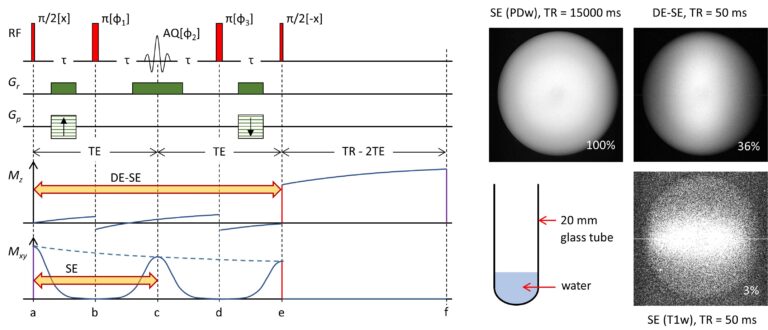
Article in Journal of magnetic resonance
Prof Igor Serša, PhD from the Department of Solid State Physics F5 published an article in Journal of magnetic resonance with the title Comparison of driven equilibrium and standard spin-echo sequence in MR microscopy: Analysis of signal dependence on RF pulse imperfection and diffusion. Fast MR imaging of samples with long NMR relaxation times is often challenging. In this study, a solution to this problem is proposed, based on the use of a spin-echo (SE) sequence for MR imaging, upgraded with a driven equilibrium method. The proposed (DE-SE) sequence was first theoretically analyzed and later verified by experiments on test samples performed on a 9.4 T system for MR microscopy. Experiments on water have shown that the DE-SE sequence can produce about 10 times more signal than the SE sequence. The presented DE-SE sequence has proven to be effective for fast imaging of samples with long T1 relaxation times in MR microscopy and is therefore also suitable for fast proton density weighted imaging of materials.
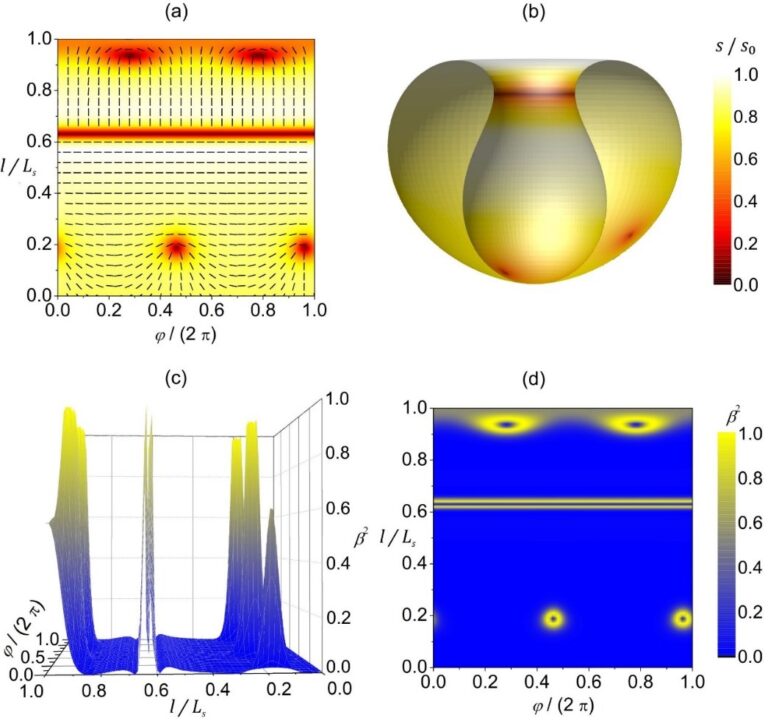
Article in Nanomaterials
Samo Kralj from the Department of Condensed Matter Physics F5 and colleagues from The Faculty of Electrical Engineering at the University of Ljubljana have published an article in the journal Nanomaterials. They numerically studied localized elastic distortions in curved, effectively two-dimensional nematic shells using a mesoscopic Helfrich-Landau-de Gennes-type approach. They limited our theoretical consideration to axially symmetric shapes. They determined conditions for which nonsingular line-like localized nematic distortions could appear enabled by order reconstruction mechanism.
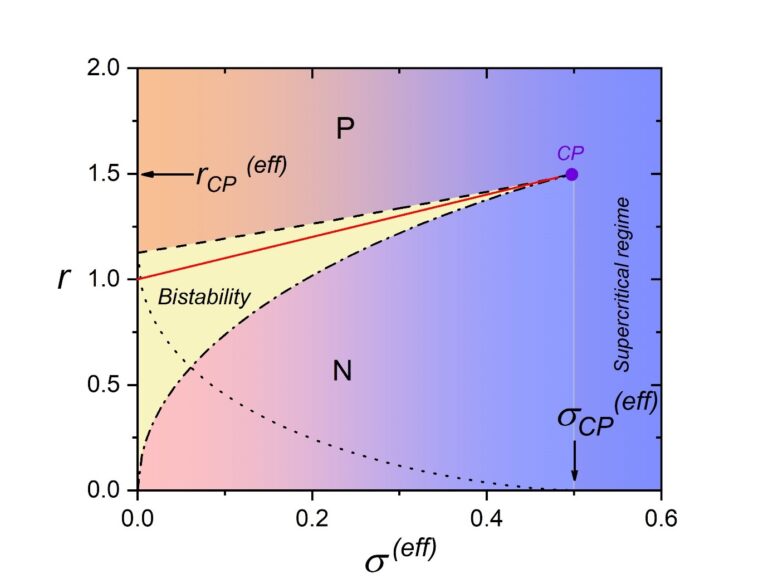
Article in Nanomaterials
Young researcher Maha Zid has with collaborators theoretically studied the generic mechanisms that could establish critical behavior in nematic liquid crystals (NLCs). The corresponding free energy density terms should exhibit linear coupling with the nematic order parameter and, via this coupling, enhance the nematic order. They consider both temperature- and pressure-driven, order–disorder phase transitions. They derive a scaled effective free energy expression that describes how qualitatively different mechanisms enforce critical behavior. Main focus is devoted on the impact of nanoparticles (NPs) in homogeneous NP-NLC mixtures. They illustrate that in the case of pressure-driven phase changes, lower concentrations are needed to impose critical point conditions in comparison with pure temperature variations.
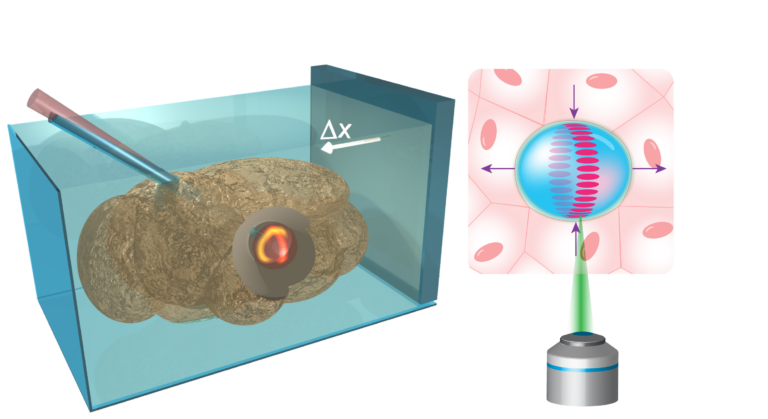
Article in PNAS
Researchers Gregor Pirnat, Matevž Marinčič, Miha Ravnik, and Matjaž Humar from the F5 department at the “J. Stefan” Institute and the Faculty of Mathematics and Physics at the University of Ljubljana have published a paper titled Quantifying Local Stiffness and Forces in Soft Biological Tissues Using Droplet Optical Microcavities in the journal PNAS. Researchers developed a method for quantitative measurements of mechanical properties of soft biological tissues and materials based on the measurements of »whispering gallery mode« spectra of optical resonances in droplet microresonators. They implanted the droplets in test samples (e.g. brain tissue) and determined the droplet’s deformation and shape with nanometer precision, by measuring small shifts of the optical resonances in spectra, measured at different positions in the droplet. The elastocapillary interaction couples the droplet to the deformation of the surrounding medium, enabling the determination of material properties of the medium. Because of the high sensitivity of optical resonances they could measure forces of only a few piconewtons at the droplet surface. The purpose of the method is elastography of soft biological tissues, ranging from mucus to muscle tissue.
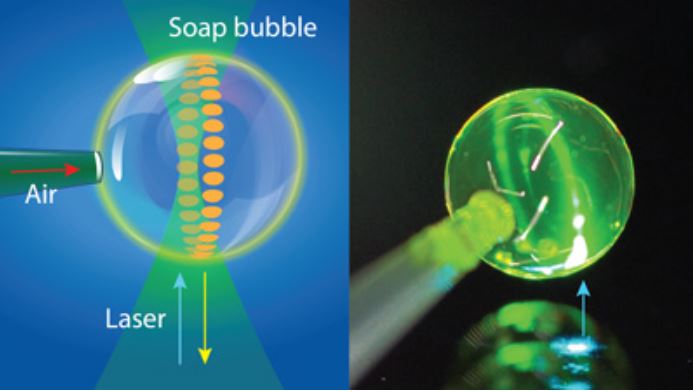
Article in Physical Review X
The researchers Zala Korenjak and Asst. Prof. Matjaž Humar from the Laboratory for Bio-integrated Photonics, Department of Condensed Matter Physics at the Jožef Stefan Institute have published a paper in Physical Review X entitled Smectic and soap bubble optofluidic lasers. In the paper, they demonstrated for the first time that smectic and soap bubbles can be used as lasers. They doped the bubbles with a fluorescent dye and pumped them with an external laser to induce whispering gallery mode optical lasing. Bubbles made of smectic liquid crystals have a very thin and uniform wall and are extremely stable. Shifts in lasing wavelengths in the spectrum of the emitted light, which contained hundreds of regularly spaced sharp peaks, enabled the measurement of subtle size changes of just ten nanometers in a millimeter-sized bubble. This incredible precision allowed the bubbles to be used as one of the best pressure and electric field sensors developed to date. This unique physical system may in the future allow the study of novel optical and mechanical phenomena in thin films. Matjaž and Zala presented the research in video.
